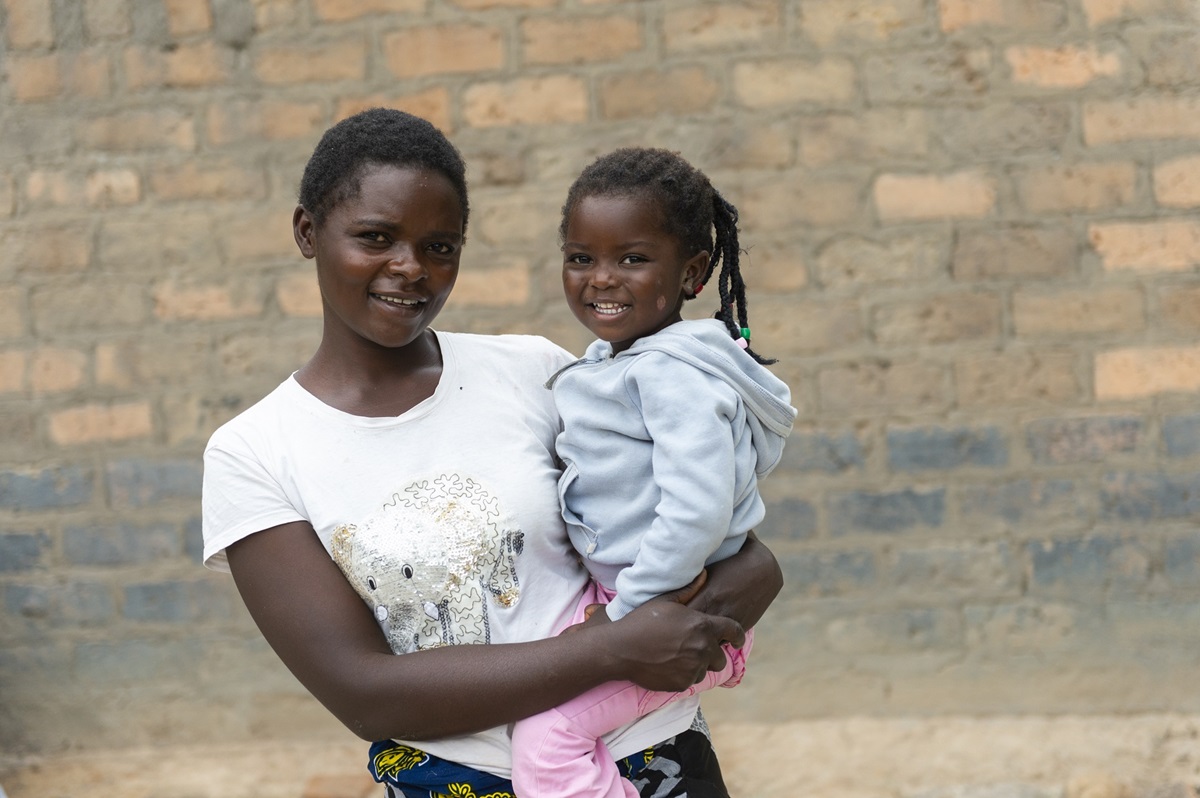
The Department of Nutrition and Food Safety at the World Health Organization (WHO) has led a coordinated effort to develop, implement and analyse a set of new resources to combat persistently high rates of anaemia around the world.
Anaemia is a condition in which the number of red blood cells is lower than normal, meaning less oxygen is being delivered throughout the body. This condition disproportionately affects young children, women and girls, impacting 3 out of 10 women and 4 out of 10 children globally. It is most prevalent in low- and middle-income countries, where the lack of access to diagnosis and treatment can increase the risk of infections and death, cause extreme fatigue, lead to poor pregnancy outcomes, contribute to lost earnings, and impede growth and development.
Anaemia is an indicator of overall health, with its causes ranging from nutritional deficiencies and infections to inflammation, gynaecological and obstetric conditions, and inherited red blood cell disorders. It is therefore essential to accurately measure haemoglobin and understand its underlying causes, as emphasized in Accelerating anaemia reduction: a comprehensive framework for action.
Building on this framework, WHO has released new guidelines and innovative tools to enhance the measurement, interpretation and reporting of haemoglobin concentrations. This includes the WHO guideline on haemoglobin cutoffs, which provides crucial updates on how haemoglobin levels should be measured and adjusted according to factors like elevation of residence and smoking habits. It also sets thresholds for defining anaemia and its severity across different age, sex and physiological groups. Additionally, the guideline highlights the importance of using haemoglobin levels to assess the impact of iron interventions aimed at preventing and treating iron deficiency anaemia, and to determine the public health significance of anaemia prevalence in populations.
The recently developed Micronutrient Survey Analyser web tool aids the adoption of these updated thresholds. This tool offers standard analyses and templates for reporting haemoglobin concentrations, along with data quality checks to help interpret the results accurately.
“Using appropriate methods to measure, analyse and interpret haemoglobin concentrations is crucial to address and treat anaemia, ensuring that no individual is left behind in the pursuit of better health,” said Dr Luz Maria de Regil, Director of the WHO Department of Nutrition and Food Safety.
Reducing anaemia prevalence among women aged 15–49 years is one of the World Health Assembly Global Nutrition Targets for 2025. Despite some progress, we are not currently on-track to achieve this target. This has prompted WHO to propose extending the target to 2030 in alignment with the United Nations Sustainable Development Goal of ending all forms of malnutrition by 2030.
With anaemia remaining a significant public health challenge in many countries, WHO’s updated guidelines and tools aim to support the accurate assessment of anaemia and its underlying causes, ensuring that appropriate interventions are delivered where and when they are needed most.
We are encouraged that countries, donors and civil society are mobilizing new commitments for nutrition as part of the Nutrition for Growth (N4G) Summit taking place in Paris, 27–28 March 2025. WHO and partners of the Anaemia Action Alliance will continue to provide guidance and tools to support anaemia reduction efforts.
